Which Bacterium Contains A Large Ti Plasmid And Causes Crown Gall Disease In Plants?
Which bacterium contains a large ti plasmid and causes crown gall disease in plants?. The specificity of certain rhizobia to infect only particular plants is in part due to the. Crown gall disease of plants caused by Agrobacterium tumefaciens 1000s of plant species are susceptible. Crown gall disease is caused by the bacterium Rhizobium radiobacter previously known as Agrobacterium tumefaciens.
A species of insect that lives solely on pine sap was found to contain a bacterial symbiont. Roundish rough-surfaced galls several inches or more in diameter usually at or near the soil line or on roots and. Crown Gall Disease.
The disease is characterised by a tumour -like growth or gall on the infected plant often at the junction between the root and the shoot. He mutualism of Azolla-Anabaena is useful for. Agrobacterium tumefaciens and crown gall diseases 1.
It is capable of causing tumors virtually in all plant species except the monocots. Tumefaciens is a phytopathogenic bacterium which causes crown gall tumors in infected plants. The disease mostly affects dicotyledon species such as woody herbaceous plants.
Rhizobial lipids that act as signaling molecules. Agrobacterium Tumefaciens Agrobacterium is a plant pathogenic bacterium that causes tumours crown gall disease in some plant species Fig. Tumefaciens to a host plant and the other is pTi transfer from Agrobacterium donor cells to recipient cells.
Agrobacterium tumefaciens is a soil bacterium that has the ability to infect plant cells and transfer a defined sequence of their DNA to the plant cell by infection and a causative agent of crown gall disease. Agrobacterium tumefaciens cell contains a plasmid known as the Ti. Which bacterium contains a large Ti plasmid and causes crown gall disease in from BIO biochem at Wayne State University.
Tumors are incited by the conjugative transfer of a DNA segment T-DNA from the bacterial tumour-inducing Ti plasmid. The bacterium contains a plasmid the tumour-inducing or Ti plasmid part of which the T-DNA integrates into the host plant chromosomes Fig.
Tumefaciens has the Ti plasmids pTi and there are two DNA transfer processes associated with these Ti plasmids.
Rhizobial lipids that act as signaling molecules. A species of insect that lives solely on pine sap was found to contain a bacterial symbiont. Roundish rough-surfaced galls several inches or more in diameter usually at or near the soil line or on roots and. Agrobacterium tumefaciens cell contains a plasmid known as the Ti. Tumefaciens to a host plant and the other is pTi transfer from Agrobacterium donor cells to recipient cells. Genome sequencing of both the host and the symbiont revealed that the symbiont lacked many genes required. It is caused by Agrobacterium tumefaciens which is a common plant disease bacterial. Rhizobial lipids that act as signaling molecules. The bacterium contains a plasmid the tumour-inducing or Ti plasmid part of which the T-DNA integrates into the host plant chromosomes Fig.
Agrobacterium tumefaciens is a soil bacterium that has the ability to infect plant cells and transfer a defined sequence of their DNA to the plant cell by infection and a causative agent of crown gall disease. He mutualism of Azolla-Anabaena is useful for. Agrobacterium Tumefaciens Agrobacterium is a plant pathogenic bacterium that causes tumours crown gall disease in some plant species Fig. A species of insect that lives solely on pine sap was found to contain a bacterial symbiont. The disease is characterised by a tumour -like growth or gall on the infected plant often at the junction between the root and the shoot. Agrobacterium tumefaciens is a soil bacterium that has the ability to infect plant cells and transfer a defined sequence of their DNA to the plant cell by infection and a causative agent of crown gall disease. Crown gall disease of plants caused by Agrobacterium tumefaciens 1000s of plant species are susceptible.
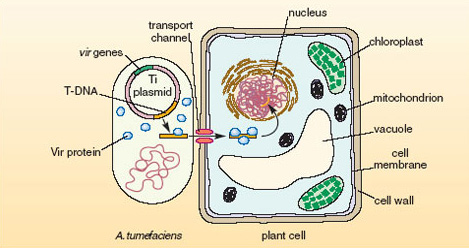
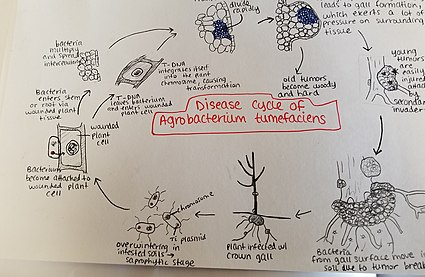






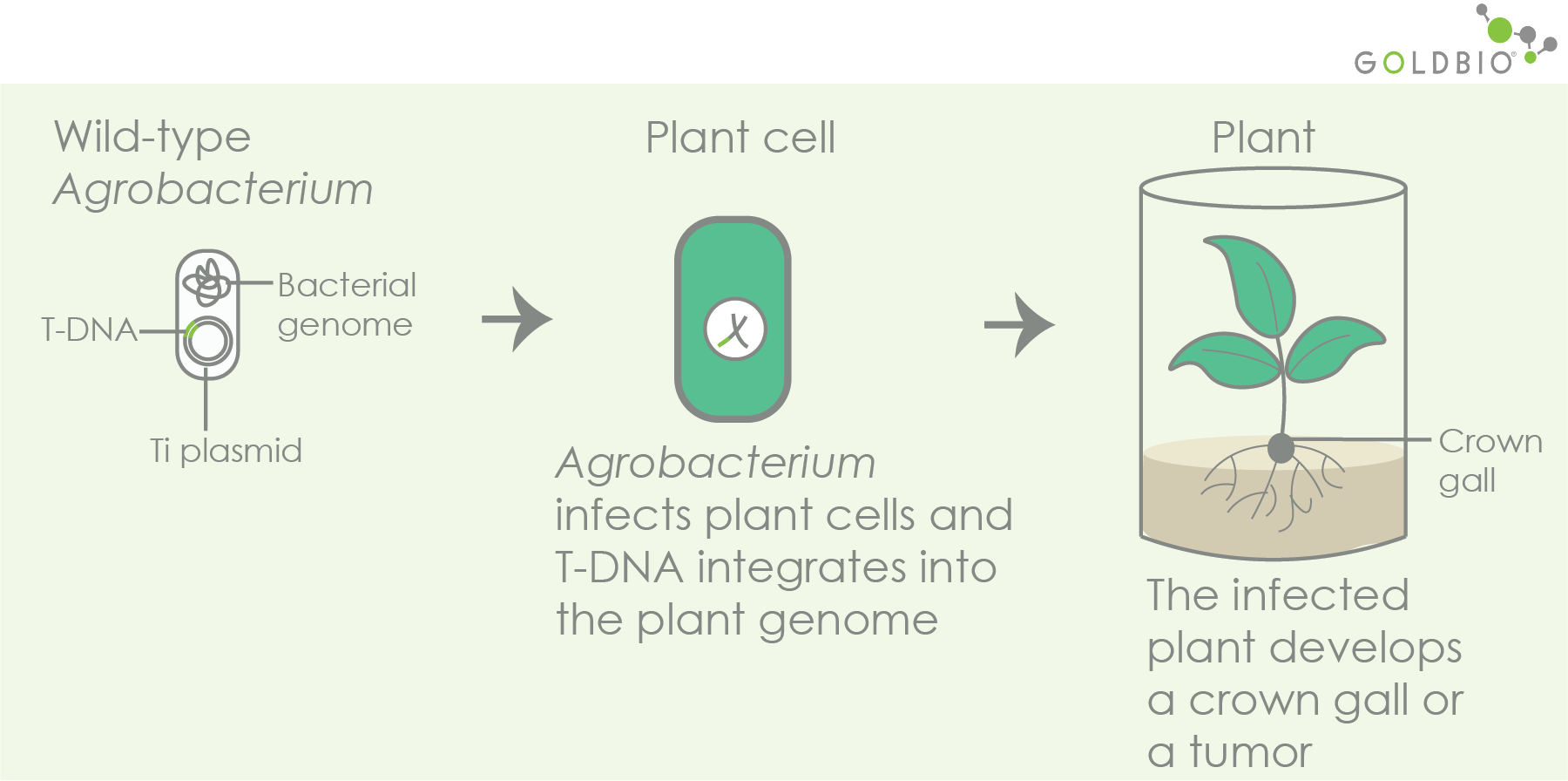






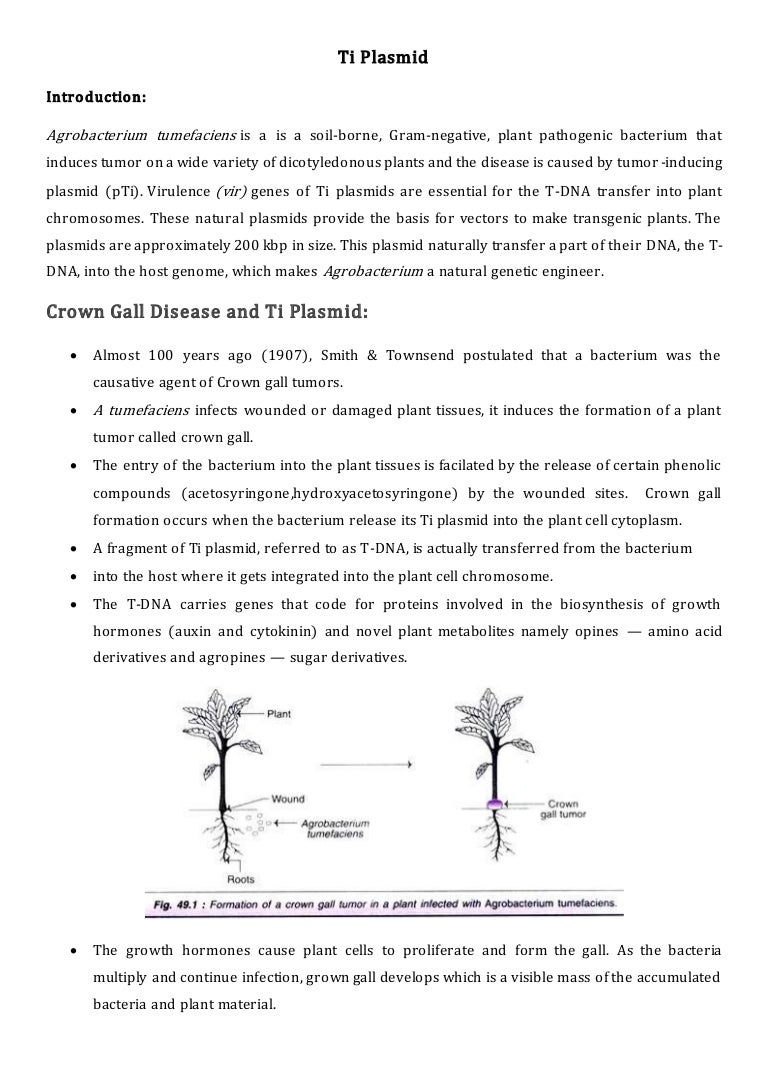





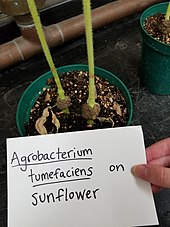










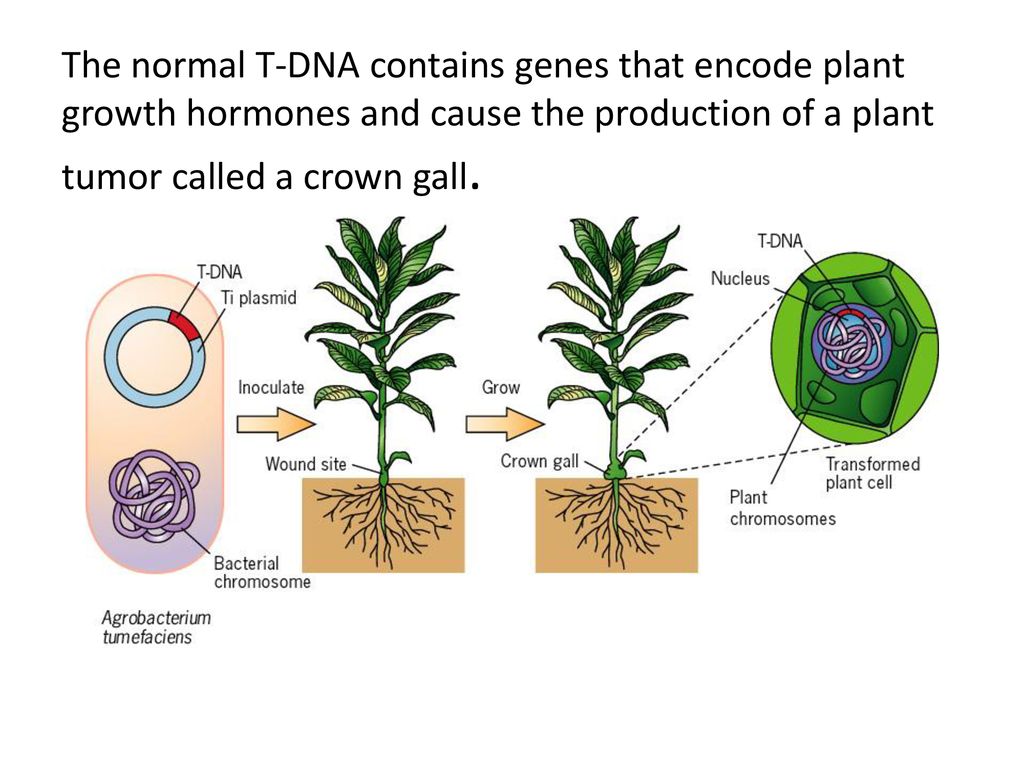
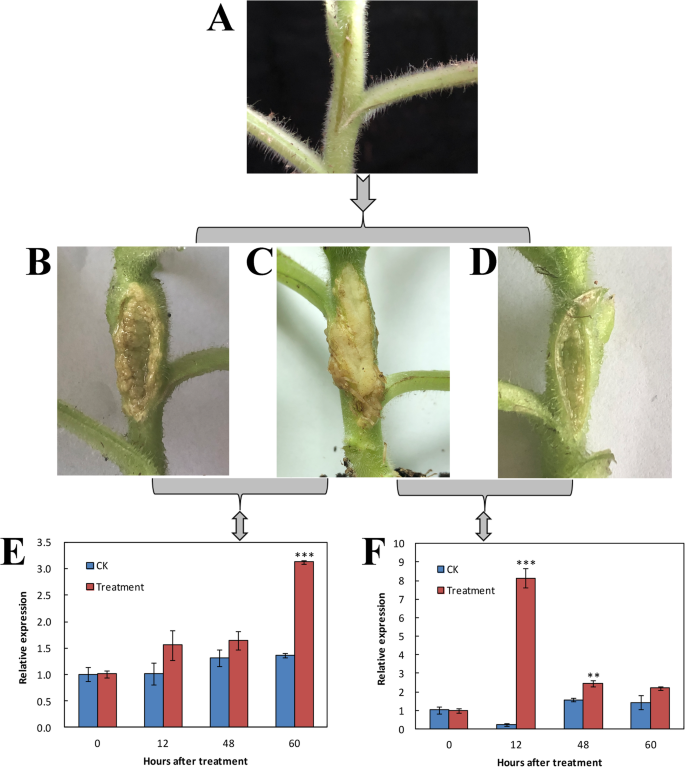
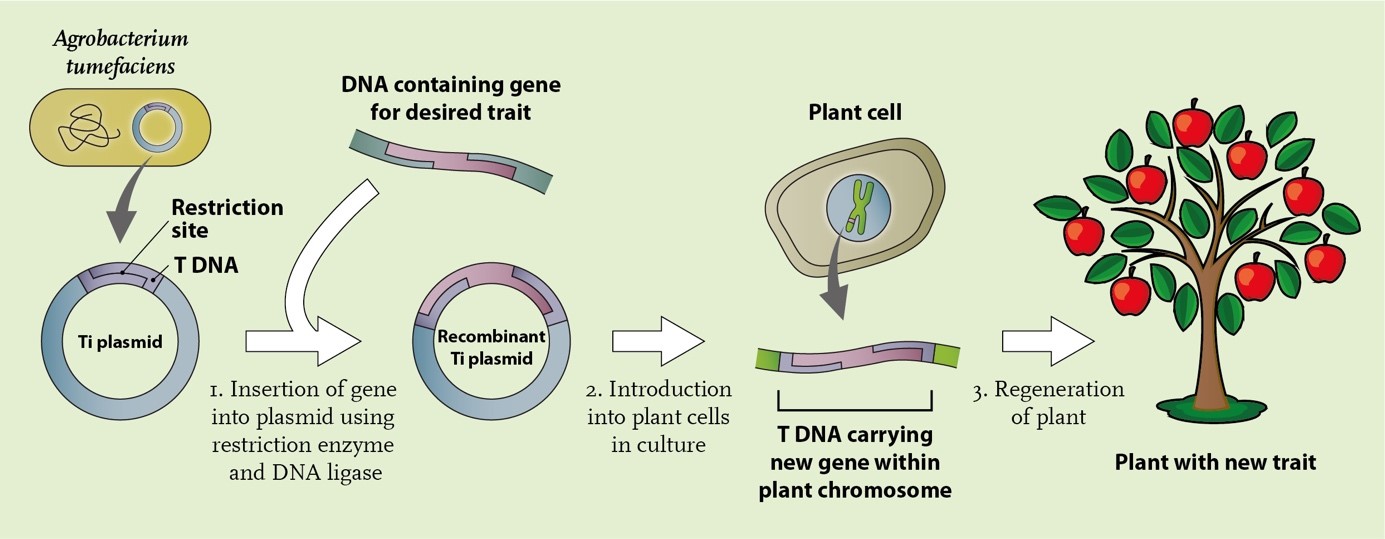
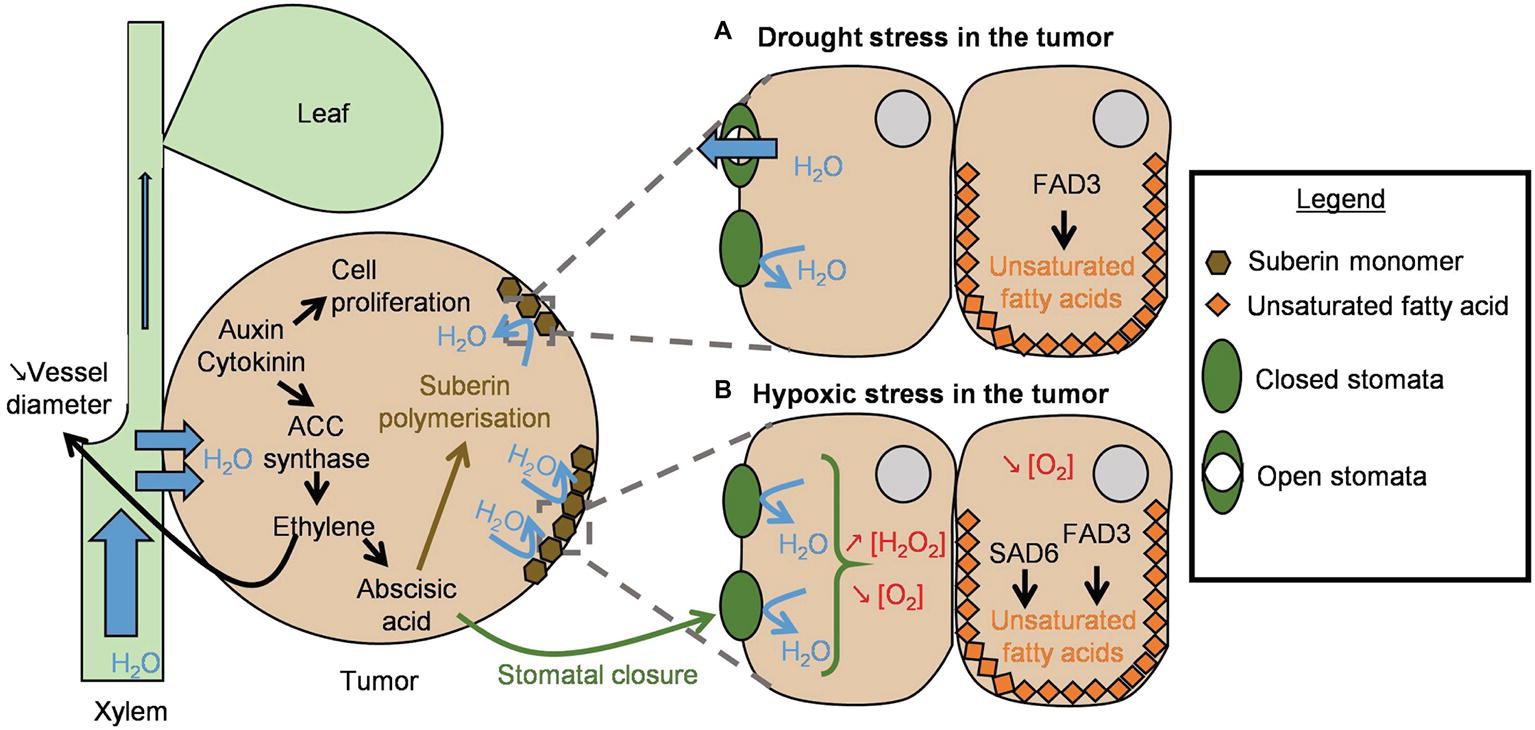



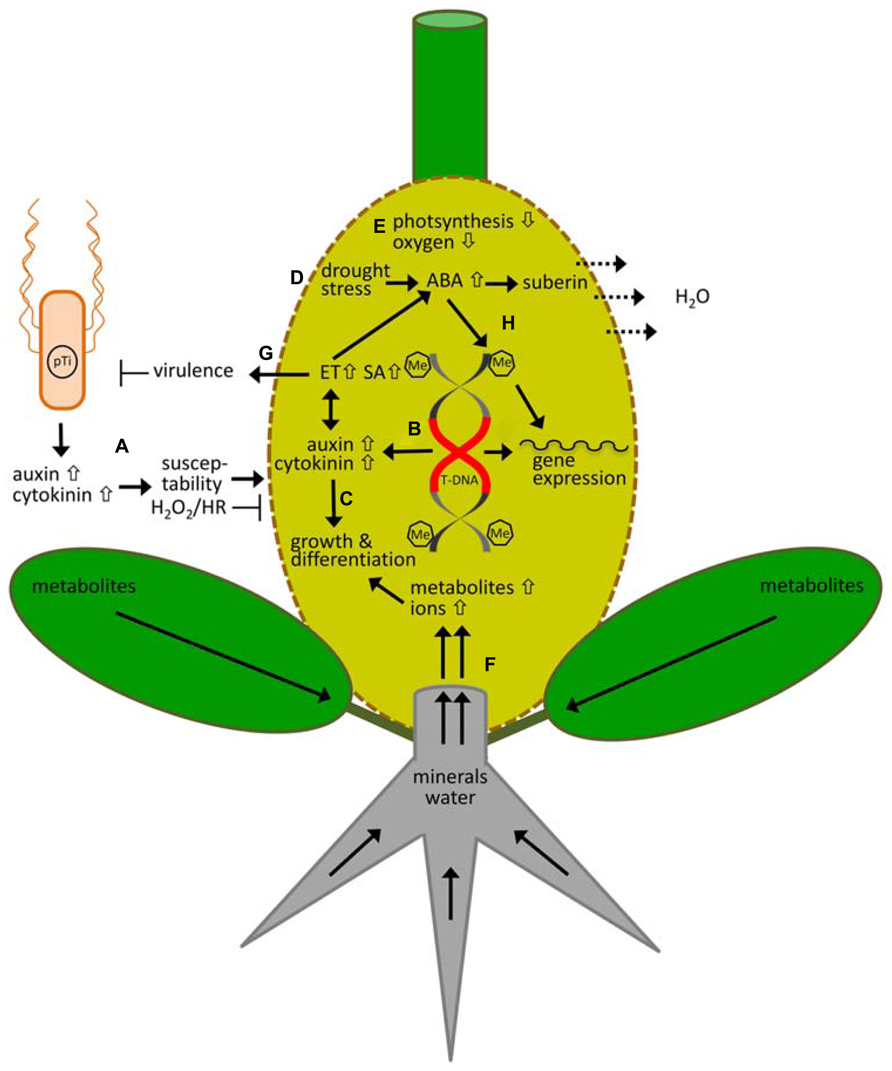
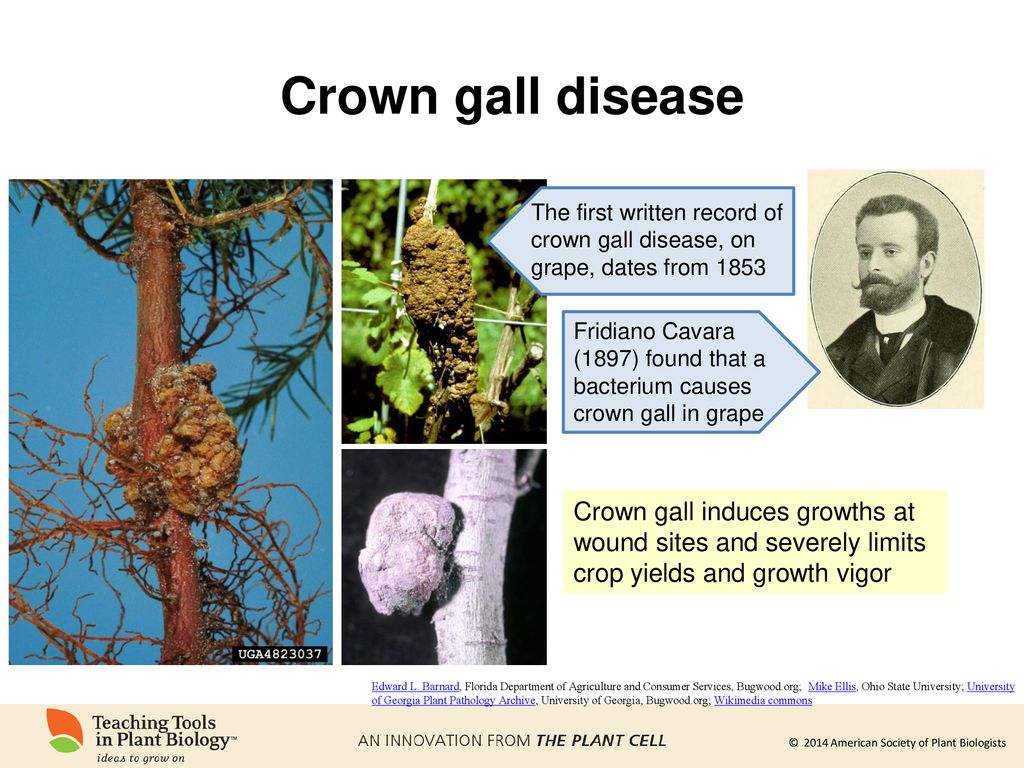



Post a Comment for "Which Bacterium Contains A Large Ti Plasmid And Causes Crown Gall Disease In Plants?"